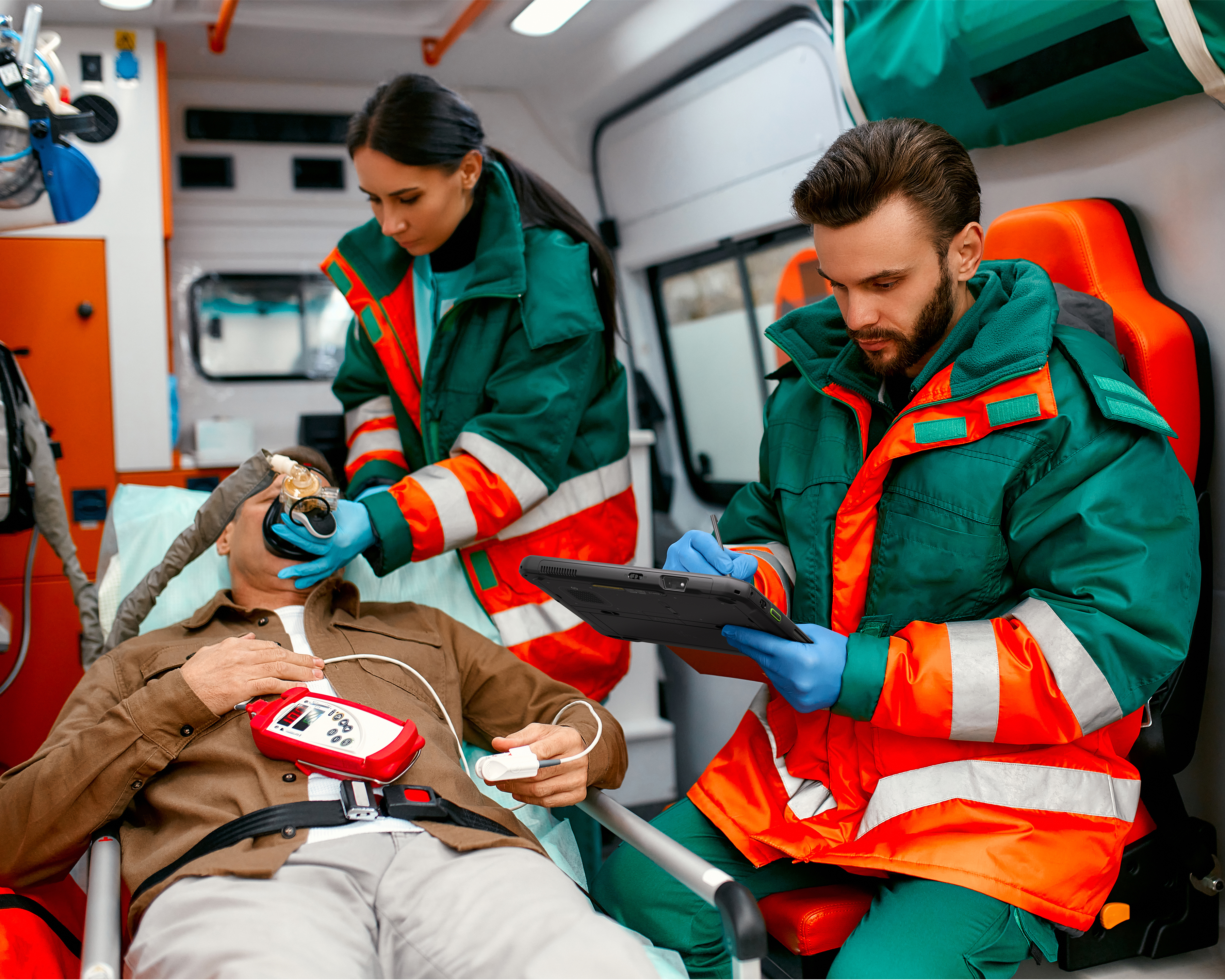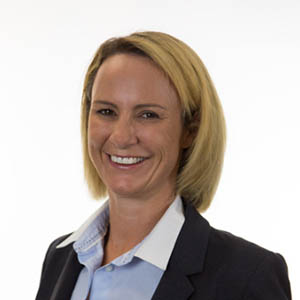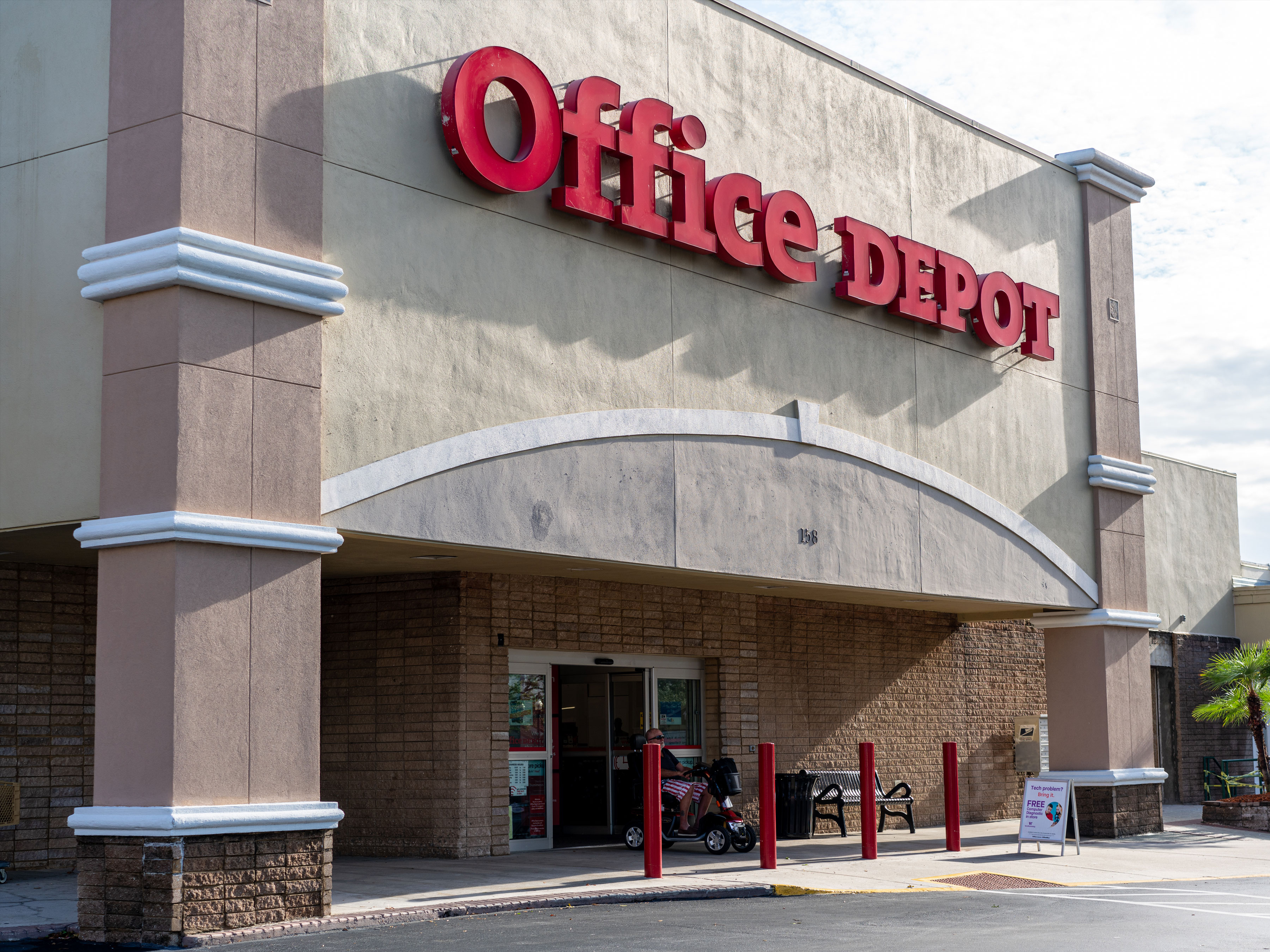Transform retail operations with Zebra’s retail technology solutions, featuring hardware and software for improving inventory management and empowering teams.
Streamline operations with Zebra’s healthcare technology solutions, featuring hardware and software to improve staff collaboration and optimise workflows.
Enhance processes with Zebra’s manufacturing technology solutions, featuring hardware and software for automation, data analysis, and factory connectivity.
Zebra’s transportation and logistics technology solutions feature hardware and software for enhancing route planning, visibility, and automating processes.
Zebra's public sector technology solutions enhance decision-making, streamline operations, and safeguard communities with advanced software and rugged hardware.
Zebra's hospitality technology solutions equip your hotel and restaurant staff to deliver superior customer and guest service through inventory tracking and more.
Zebra's market-leading solutions and products improve customer satisfaction with a lower cost per interaction by keeping service representatives connected with colleagues, customers, management and the tools they use to satisfy customers across the supply chain.
Empower your field workers with purpose-driven mobile technology solutions to help them capture and share critical data in any environment.
Zebra's range of mobile computers equip your workforce with the devices they need from handhelds and tablets to wearables and vehicle-mounted computers.
Zebra's desktop, mobile, industrial, and portable printers for barcode labels, receipts, RFID tags and cards give you smarter ways to track and manage assets.
Zebra's 1D and 2D corded and cordless barcode scanners anticipate any scanning challenge in a variety of environments, whether retail, healthcare, T&L or manufacturing.
Zebra's extensive range of RAIN RFID readers, antennas, and printers give you consistent and accurate tracking.
Choose Zebra's reliable barcode, RFID and card supplies carefully selected to ensure high performance, print quality, durability and readability.
Zebra's rugged tablets and 2-in-1 laptops are thin and lightweight, yet rugged to work wherever you do on familiar and easy-to-use Windows or Android OS.
With Zebra's family of fixed industrial scanners and machine vision technologies, you can tailor your solutions to your environment and applications.
Zebra’s line of kiosks can meet any self-service or digital signage need, from checking prices and stock on an in-aisle store kiosk to fully-featured kiosks that can be deployed on the wall, counter, desktop or floor in a retail store, hotel, airport check-in gate, physician’s office, local government office and more.
Adapt to market shifts, enhance worker productivity and secure long-term growth with AMRs. Deploy, redeploy and optimize autonomous mobile robots with ease.
Discover Zebra’s range of accessories from chargers, communication cables to cases to help you customise your mobile device for optimal efficiency.
Zebra's environmental sensors monitor temperature-sensitive products, offering data insights on environmental conditions across industry applications.
Zebra's location technologies provide real-time tracking for your organisation to better manage and optimise your critical assets and create more efficient workflows.
Enhance frontline operations with Zebra’s AI software solutions, which optimize workflows, streamline processes, and simplify tasks for improved business outcomes.
Empower your frontline with Zebra Companion AI, offering instant, tailored insights and support to streamline operations and enhance productivity.
The everything you need to rapidly and cost effectively develop high-performance AI vision applications on Zebra mobile computers.
Zebra Workcloud, enterprise software solutions boost efficiency, cut costs, improve inventory management, simplify communication and optimize resources.
Keep labour costs low, your talent happy and your organisation compliant. Create an agile operation that can navigate unexpected schedule changes and customer demand to drive sales, satisfy customers and improve your bottom line.
Drive successful enterprise collaboration with prioritized task notifications and improved communication capabilities for easier team collaboration.
Get full visibility of your inventory and automatically pinpoint leaks across all channels.
Reduce uncertainty when you anticipate market volatility. Predict, plan and stay agile to align inventory with shifting demand.
Drive down costs while driving up employee, security, and network performance with software designed to enhance Zebra's wireless infrastructure and mobile solutions.
Explore Zebra’s printer software to integrate, manage and monitor printers easily, maximising IT resources and minimising down time.
Make the most of every stage of your scanning journey from deployment to optimisation. Zebra's barcode scanner software lets you keep devices current and adapt them to your business needs for a stronger ROI across the full lifecycle.
RFID development, demonstration and production software and utilities help you build and manage your RFID deployments more efficiently.
RFID development, demonstration and production software and utilities help you build and manage your RFID deployments more efficiently.
Zebra DNA is the industry’s broadest suite of enterprise software that delivers an ideal experience for all during the entire lifetime of every Zebra device.
Advance your digital transformation and execute your strategic plans with the help of the right location and tracking technology.
Boost warehouse and manufacturing operations with Symmetry, an AMR software for fleet management of Autonomous Mobile Robots and streamlined automation workflows.
The Zebra Aurora suite of machine vision software enables users to solve their track-and-trace, vision inspection and industrial automation needs.
Zebra Aurora Focus brings a new level of simplicity to controlling enterprise-wide manufacturing and logistics automation solutions. With this powerful interface, it’s easy to set up, deploy and run Zebra’s Fixed Industrial Scanners and Machine Vision Smart Cameras, eliminating the need for different tools and reducing training and deployment time.
Aurora Imaging Library™, formerly Matrox Imaging Library, machine-vision software development kit (SDK) has a deep collection of tools for image capture, processing, analysis, annotation, display, and archiving. Code-level customisation starts here.
Aurora Design Assistant™, formerly Matrox Design Assistant, integrated development environment (IDE) is a flowchart-based platform for building machine vision applications, with templates to speed up development and bring solutions online quicker.
Designed for experienced programmers proficient in vision applications, Aurora Vision Library provides the same sophisticated functionality as our Aurora Vision Studio software but presented in programming language.
Aurora Vision Studio, an image processing software for machine & computer vision engineers, allows quick creation, integration & monitoring of powerful OEM vision applications.
Adding innovative tech is critical to your success, but it can be complex and disruptive. Professional Services help you accelerate adoption, and maximise productivity without affecting your workflows, business processes and finances.
Zebra's Managed Service delivers worry-free device management to ensure ultimate uptime for your Zebra Mobile Computers and Printers via dedicated experts.
Find ways you can contact Zebra Technologies’ Support, including Email and Chat, ask a technical question or initiate a Repair Request.
Zebra's Circular Economy Program helps you manage today’s challenges and plan for tomorrow with smart solutions that are good for your budget and the environment.

Ask the Expert: How Can I Better Respond to Emergency Medical Technicians’ Calls for Help in Europe?
Hear how some ambulance and fire rescue services are using tablets in combination with RFID, barcode scanning, and video technology to help first responders support more patients without burning out.
When an ambulance is dispatched to a call, the assumption is that it will be fully stocked with the right equipment and medicines for emergency medical technicians, EMTs for short, to stabilize patients or perform life-saving measures in the field. But with the increased number of calls for service in many parts of the world, it’s becoming more difficult for EMTs to maintain proper stock in their ambulances – and that has patient care implications.
Why is such a fundamental task so hard to manage?
That’s one of the questions I’ve asked my two guests today to answer.
The other question?
Is there anything that can be done to reduce the wait times for ambulance services in the UK – or really anywhere in the world – where the calls for service are exceeding EMTs’ capacity?
Between standard population growth and the rapid aging of our population, there’s no doubt that every ambulance service can stand to hire more people, invest in more vehicles, and scale their service capacity. There are going to be more people who need paramedic services, especially as beds fill up and wait times increase at hospitals and urgent care centers.
But it’s not easy to train and hire more people or expand the ambulance fleet even when there is funding available. So, what can be done – or can anything be done – to make the current first responder force act bigger than it is? How do we speed up response times and help paramedics reach more patients each day? How do we avoid situations where paramedics and other ambulance staff arrive at the scene only to realize they don’t have what they need to treat patients because they didn’t stock enough, items are expired, and so on?
These are some of the questions I asked public safety solutionists Matt Wroughton and Oliver (Olly) Ledgard in our latest Clini-Chat podcast episode.
Matt was a firefighter who ultimately joined Zebra to help other first responders improve readiness. Olly has also spent the better part of 20 years working with government service providers such as ambulance crews, police, and firefighters to find ways technology can make their jobs easier.
Hit play on this episode now to find out:
- Which issues related to prioritization/routing, on-scene efficiency, patient transport/handoffs, and administrative burden can be fixed right now by ambulance and fire rescue service providers (with the right expert guidance and technology tools.)
- The targeted operational and technology system changes Matt and Olly have been helping government agencies and private ambulance services make to ensure first responders have everything they need to treat, stabilize, and help save patients in the field.
- The specific ways that first responders in EMEA and the U.S. are using RFID, tablets, and other connected technologies to improve consumables stocking, equipment cleaning/turnaround, and overall equipment availability in high-tempo environments.
- How body-worn cameras, radios, barcode scanners, GPS systems and other technologies are being consolidated into a single system to minimize how much first responders have to carry or worry about in the ambulance or field.
- What can smooth the patient handoff from ambulance crews to hospital staff (according to a first responder.)
- What can be done to make real-time data collection and patient record updates easier for clinicians in the field and hospital.
- How to use technology to better facilitate a community care model that improves case prioritization and enlists the support of other virtual or primary care clinicians to ease the burden on paramedics and hospital staff.
LISTEN NOW OR DOWNLOAD TO LISTEN LATER
There’s also a transcript if you prefer to read what Matt and Olly shared.
DOWNLOAD TRANSCRIPT
###
Editor’s Note:
You may also want to check out these related conversations and expert insights:
- Exclusive Interview: Three Former Public Safety Professionals Say These Technologies Could Have Made Their Jobs Easier and Safer
- Emergency Callout: New Technology to Enable Safer Patient Response

Lorna Hopkin
Lorna Hopkin is Product Marketing Advisor at Zebra Technologies with responsibility for Zebra healthcare solutions and advanced location technologies. Lorna joined Zebra in August 2018 as part of its acquisition of rugged tablet specialist Xplore Technologies.
Lorna is a chartered marketer and has two and half decades’ experience across a wide range of industries. At Zebra, she has launched a variety of products into the healthcare space and other verticals.
Lorna is a tireless advocate for health and fitness at Zebra and in her spare time participates in Ironman competitions and enjoys writing about her experiences at https://theordinaryironman.com/
Zebra Developer Blog
Zebra Developer BlogZebra Developer Blog
Are you a Zebra Developer? Find more technical discussions on our Developer Portal blog.
Zebra Story Hub
Zebra Story HubZebra Story Hub
Looking for more expert insights? Visit the Zebra Story Hub for more interviews, news, and industry trend analysis.
Search the Blog
Search the BlogSearch the Blog
Use the below link to search all of our blog posts.
Most Recent
Legal Terms of Use Privacy Policy Supply Chain Transparency
ZEBRA and the stylized Zebra head are trademarks of Zebra Technologies Corp., registered in many jurisdictions worldwide. All other trademarks are the property of their respective owners. Note: Some content or images on zebra.com may have been generated in whole or in part by AI. ©2025 Zebra Technologies Corp. and/or its affiliates.




